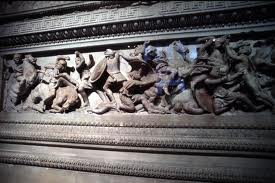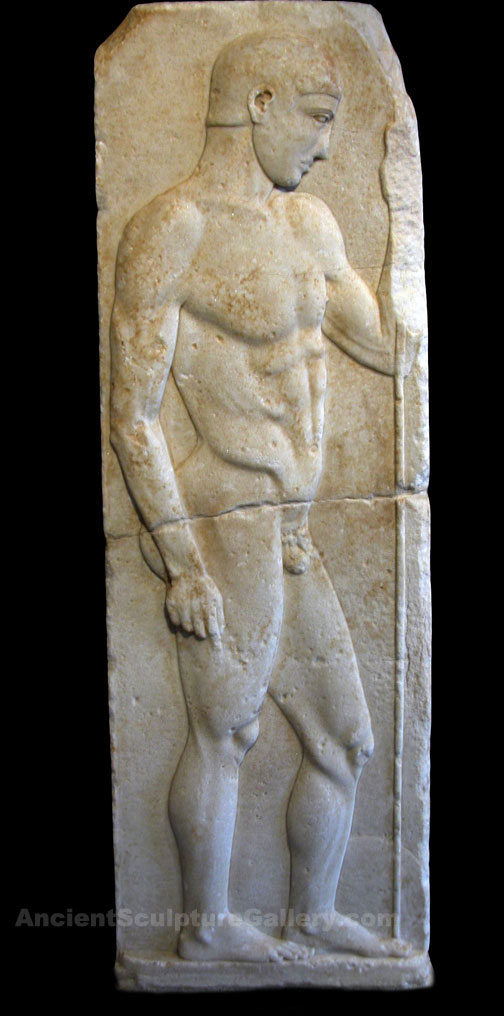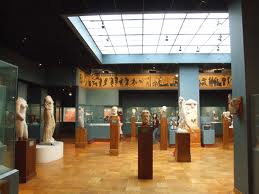Ancient Greek
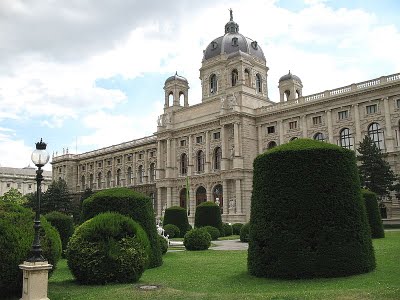
That Istanbul is a real treasure chest for history, art and architecture freaks is no secret. Its colorful mosaic of historical city structures — mosques, churches, synagogues, palaces, castles and towers — reflects the many, many social and cultural influences of a number of foreign communities that have left their indelible footprints across the city throughout its long history. The oldest settlement on the land that is now İstanbul was, however, Greek. Already, in 685 B.C., settlers from the ancient Greek town of Megara chose to colonize the town of Chalcedon, in today’s Kadıköy district, thus aiming to secure the Bosporus as a channel of trade between the Greek polities and the Black Sea region. Some years later, in 667 B.C., famous Greek King Byzas went on colonizing the European side of the Bosporus further, thus founding the city of Byzantion. Two prominent examples of ancient Greek architecture are the Serpentine Column and Leander’s Tower. Being approximately 2,500 years old, the Serpentine Column is said to be İstanbul’s oldest remaining Greek monument. Erected to honor the triumph of the Greeks over the Persians at Plataea, it originally stood at Delphi (both ancient cities on Greek ground) and was moved to İstanbul in 324 B.C. by Constantine the Great to mark the declaration of the new capital city of the then-founded Roman Empire under the name of Constantinople. The originally eight-meter-high piece was made up of three intertwined serpents which supported a golden bowl. The bowl is believed to have been lost or stolen when the city was sacked during the Fourth Crusade. Some say the heads were hit and cut off by a drunken nobleman in the 17th century but one of them can still be seen in the İstanbul Archaeology Museum. The rest of the column can be found today at the Hippodrome in the Sultanahmet quarter.
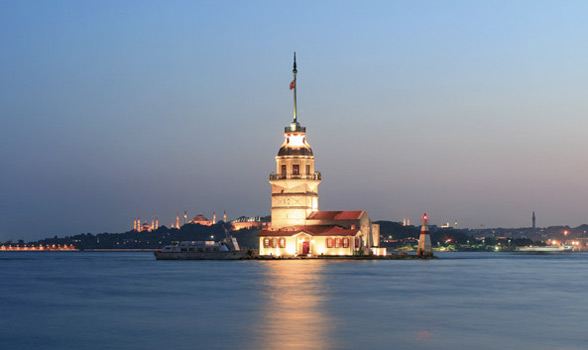
Surrounded by no fewer stories is Leander’s Tower, often referred to as Maiden’s Tower and located offshore in the Bosporus in the Üsküdar district. It was actually built in 408 B.C. by an Athenian general to control Persian ships sailing along the Bosporus. Another more well-known story is that of a sultan who erected the tower to protect his daughter from a snake bite, predicted by an oracle. But, as the story goes, there was no way to escape destiny: On the day of her 18th birthday, the sultan brought his daughter a basket of fruit as a gift and hiding within it, of course, was the predicted snake. The tower, which also contains a small, romantic restaurant, can be visited today by taking one of the small boats that sail from the nearby shore. However, with the fall of Rome in 476, all that remained of the Roman Empire was its eastern part, which then came to be known as the Byzantine Empire. Distinctly Greek in culture and the center of Greek Orthodox Christianity, its capital, Constantinople, was adorned with many magnificent churches, including probably the most well known, Ayasofya (Hagia Sophia), once the world’s largest Christian cathedral.
